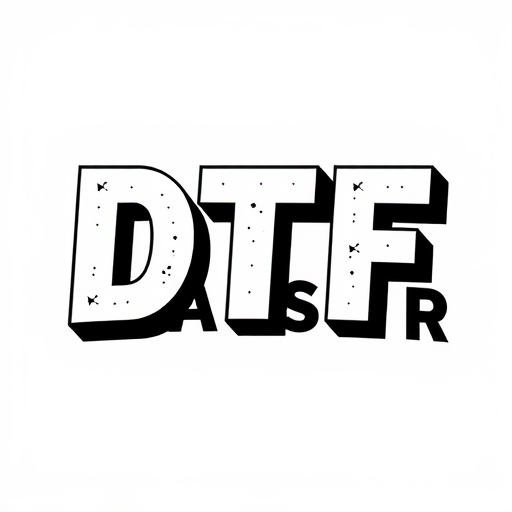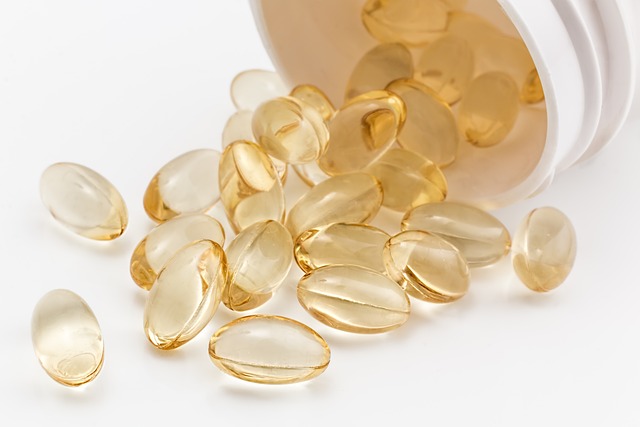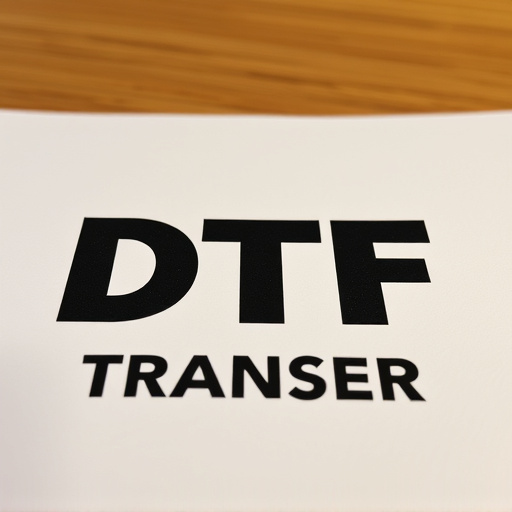Direct-to-Film (DTF) transfers are a cutting-edge printing technology for creating high-quality, durable prints directly onto various surfaces. Key steps include meticulous film preparation, choosing suitable materials, and precise application techniques using specialized equipment. Common user errors involve incompatible film types, inadequate surface prep, and misapplied pressure during pressing. Effective post-processing involves proper drying, framing, and mounting to ensure vibrant, long-lasting DTF prints for both indoor and outdoor displays.
“Unleash the beauty of film on your modern canvas with Direct-to-Film (DTF) transfers. This comprehensive guide navigates you through the art and science of achieving stunning DTF prints at home. From understanding the fundamentals of DTF technology to mastering application techniques, we demystify each step. Learn essential pre-processing techniques for preparing your films, explore top-tier printing materials, and discover best practices for flawless results. Avoid common pitfalls and elevate your DTF experience with expert post-processing tips.”
- Understanding Direct-to-Film Transfers (DTF): A Basic Overview
- Preparing Your Film for DTF Transfer: Essential Pre-Processing Steps
- Choosing the Right DTF Printing Materials: An In-Depth Look
- Mastering the Application Process: Techniques and Best Practices
- Common Mistakes to Avoid During DTF Transfer
- Enhancing Your Prints: Post-Processing Tips for Optimal Results
Understanding Direct-to-Film Transfers (DTF): A Basic Overview

Direct-to-Film Transfers (DTF) is a cutting-edge printing technology that allows for the creation of high-quality, durable prints directly onto various surfaces, including film and other media. This innovative process involves using specialized equipment to apply inks or coatings onto the desired substrate in a single pass, resulting in precise and vibrant DTF prints. Unlike traditional printing methods, DTF offers a direct bond between the print and the material, ensuring longevity and resistance to fading or damage.
Understanding DTF transfers is crucial for anyone looking to enhance their printing capabilities, especially in industries such as graphic design, marketing, and signage. The process involves several key components: ink selection, substrate preparation, and precise application using specialized printers. By mastering these aspects, users can achieve exceptional DTF prints that stand the test of time, making them ideal for both indoor and outdoor displays.
Preparing Your Film for DTF Transfer: Essential Pre-Processing Steps

Before applying a direct-to-film (DTF) transfer, proper preparation of the film is crucial to ensure optimal results. Start by cleaning the film thoroughly to remove any dust, debris, or fingerprints that could interfere with the printing process. Use a soft, microfiber cloth and mild cleaning solutions to gently wipe down the surface, being extra careful around delicate areas.
Next, inspect the film for any damage, such as cracks, tears, or scratches. Repair these issues using appropriate methods like bonding or filling, ensuring the repairs are seamless and flat. Additionally, consider conditioning the film by applying a thin layer of anti-static spray to prevent particles from adhering during the DTF printing process. These pre-processing steps are essential to maximize the quality and precision of your final DTF prints.
Choosing the Right DTF Printing Materials: An In-Depth Look

When it comes to choosing the right materials for direct-to-film (DTF) transfers, precision and quality are paramount. The market offers a plethora of options, each with unique characteristics suitable for different applications. Key considerations include substrate selection—whether vinyl, polyester, or polycarbonate—as this dictates durability and versatility. Ink compatibility is another crucial factor; ensuring the DTF printer supports the specific ink type for optimal color reproduction and long-lasting prints.
Texture and finish also play significant roles in achieving desired visual effects. Matte finishes offer a subtle look, ideal for photographs, while glossy surfaces enhance colors and details, making them popular for posters and art prints. Additionally, understanding adhesive properties is essential; a strong yet removable adhesive guarantees easy application and the ability to lift or reposition DTF prints if needed.
Mastering the Application Process: Techniques and Best Practices

Mastering the application process is key to achieving exceptional results with direct-to-film (DTF) transfers. Begin by ensuring your workspace is clean and well-lit, as this minimizes dust particles that can compromise print quality. Pre-treat the film properly; this involves cleaning it to remove any contaminants and applying a release agent to facilitate easy peeling after printing. When aligning the film on the substrate, precision is vital. Utilize alignment tools and follow manufacturer guidelines for ideal results.
Best practices dictate consistent pressure application during the pressing process, typically achieved with a heat press. Maintain optimal temperature and time settings as recommended by the DTF manufacturer. Allow adequate cooling time before attempting to peel the film. For intricate designs, consider using a squeegee for even pressure distribution and precise detail transfer. Regularly clean your equipment and work area to prevent buildup of residue that can affect subsequent prints.
Common Mistakes to Avoid During DTF Transfer

Direct-to-film (DTF) transfers are a popular method for creating custom prints, but many users make mistakes that can lead to subpar results. One of the most common errors is using the wrong type of film for the intended application. Different DTF films have varying properties, such as adhesive strength and transparency, so it’s crucial to select the right film for your specific print requirements. For instance, using a film designed for basic printing on a complex design with fine details can result in poor adhesion and inaccurate color reproduction.
Another frequent mistake is failing to prepare the surface properly before applying the DTF transfer. Surfaces must be clean, dry, and free of contaminants to ensure optimal bonding between the film and the substrate. Neglecting this step can lead to bubbles, wrinkles, or even peeling of the film. Additionally, improper application pressure during the pressing process is a common issue. Applying too little pressure may cause the film to lift, while excessive pressure can damage the print or leave air bubbles trapped beneath.
Enhancing Your Prints: Post-Processing Tips for Optimal Results

To enhance your DTF prints and achieve optimal results, post-processing plays a crucial role. After applying the direct-to-film transfer, allow the ink to dry completely before handling the print. This ensures the design adheres properly to the medium. You can speed up the drying process by using a fan or placing the print in a well-ventilated area.
Consider framing your DTF prints for an added professional touch. Protecting them with UV-resistant glass or acrylic sheets preserves the vibrant colors and prevents fading over time. Additionally, mounting the prints on high-quality paper or fabric can further elevate their visual appeal. These simple steps will ensure your DTF transfers look stunning and last for years to come, showcasing the beauty of both the original art and the printing technique.














